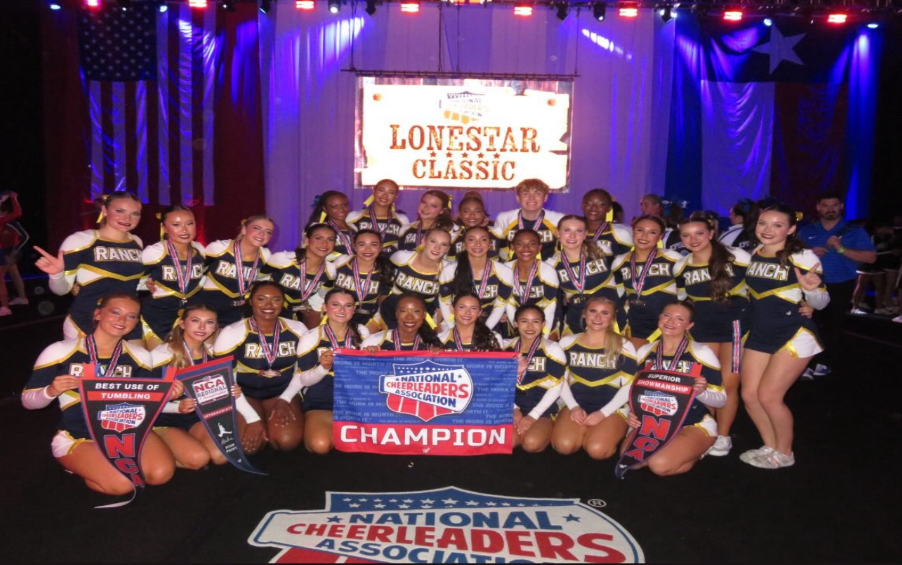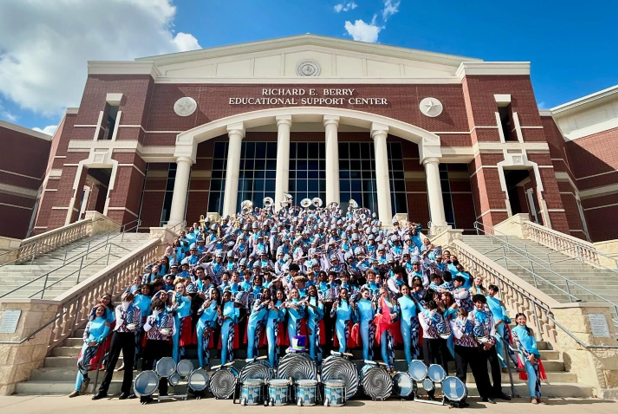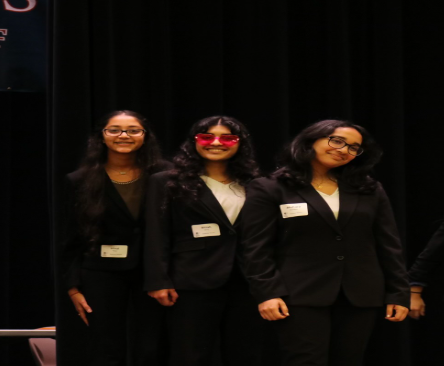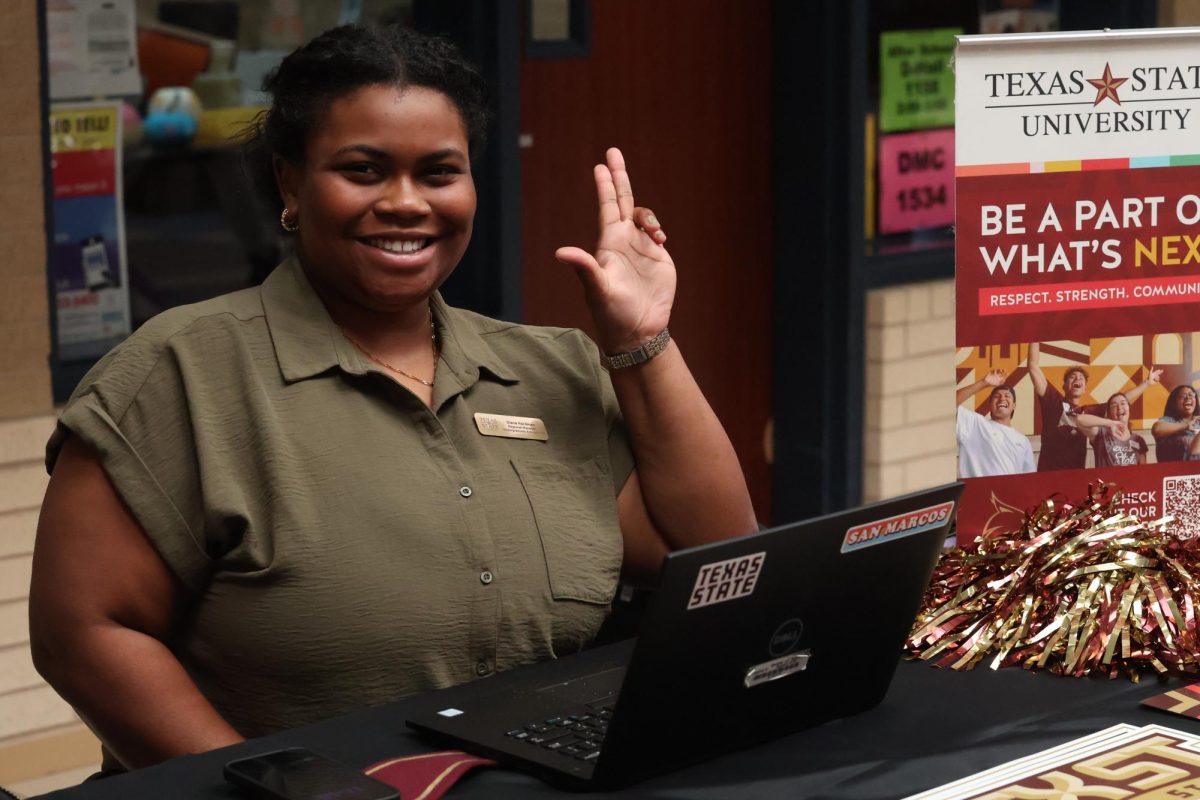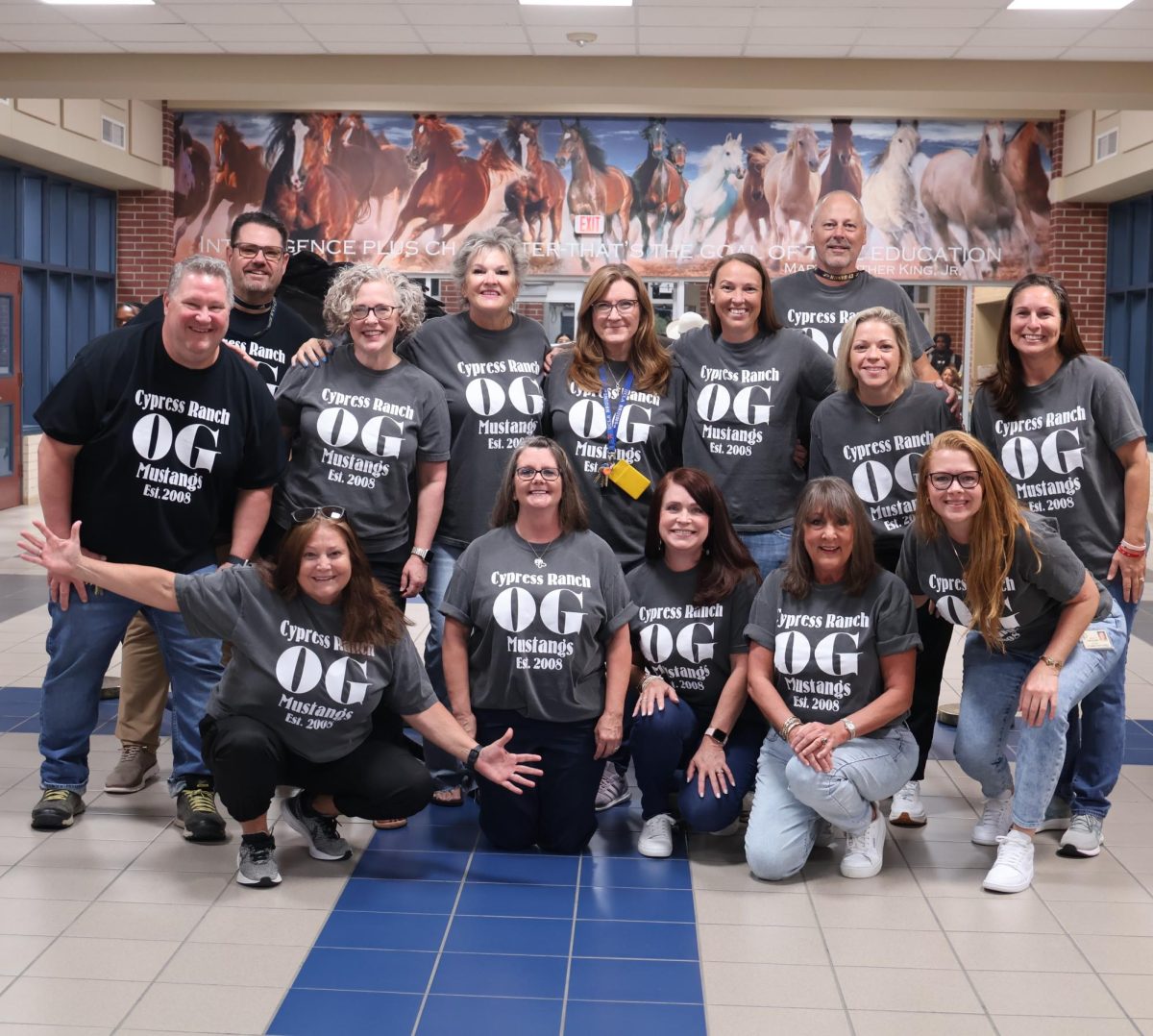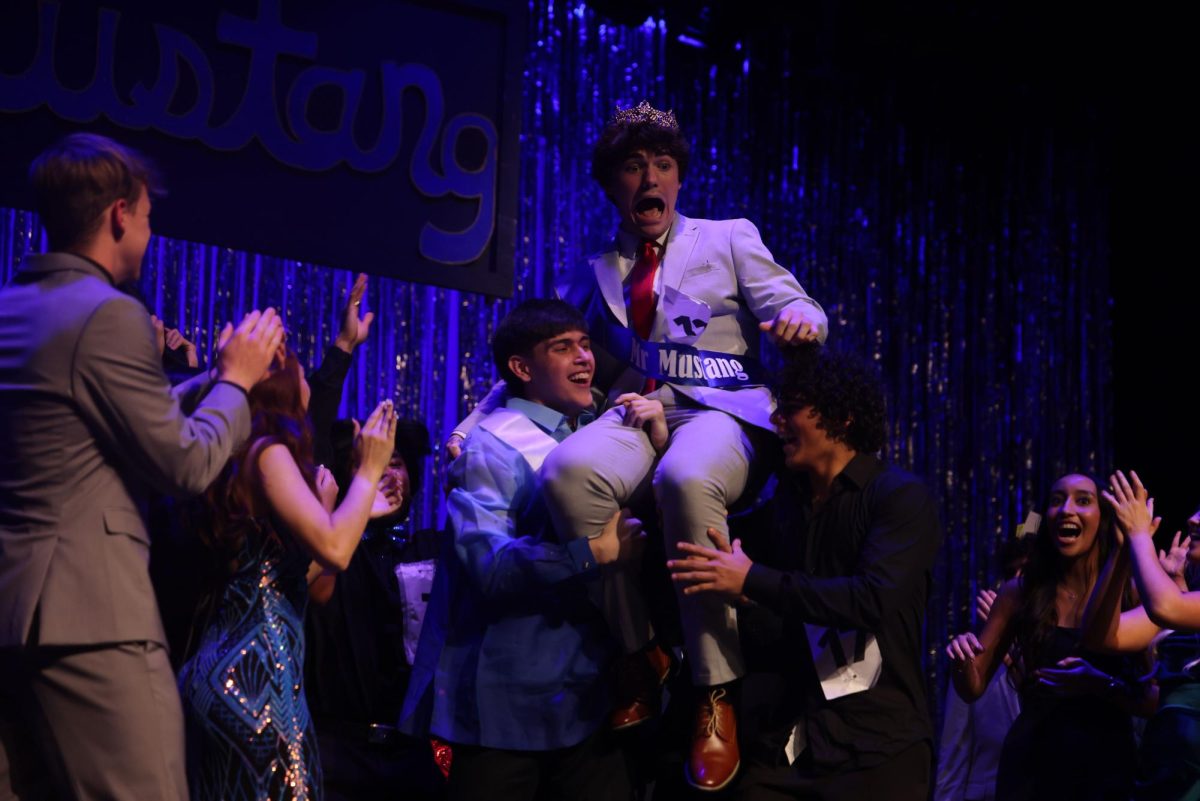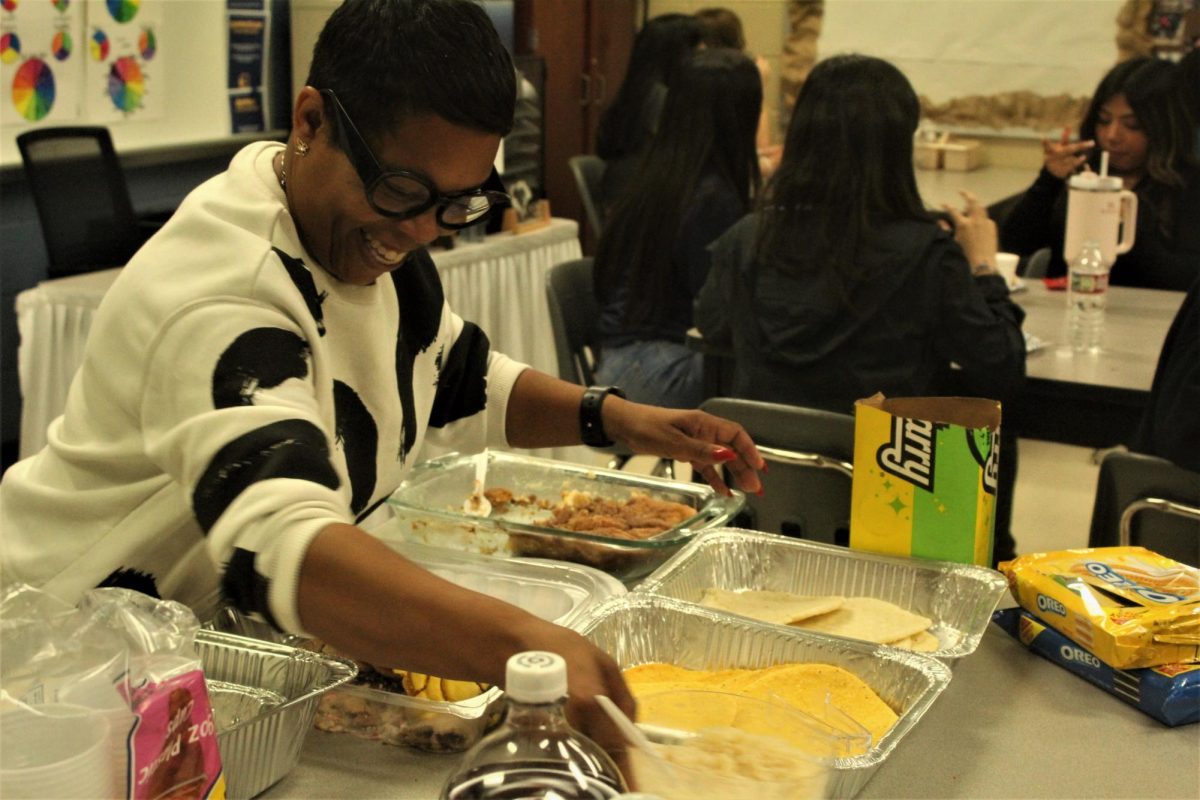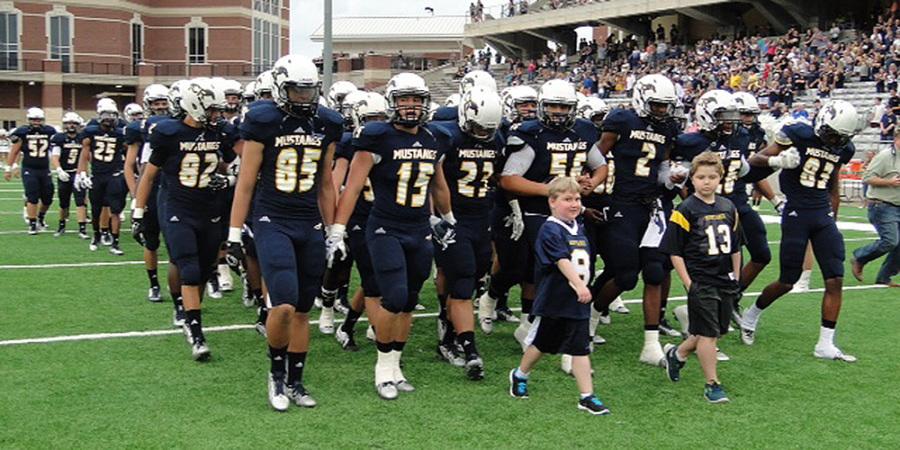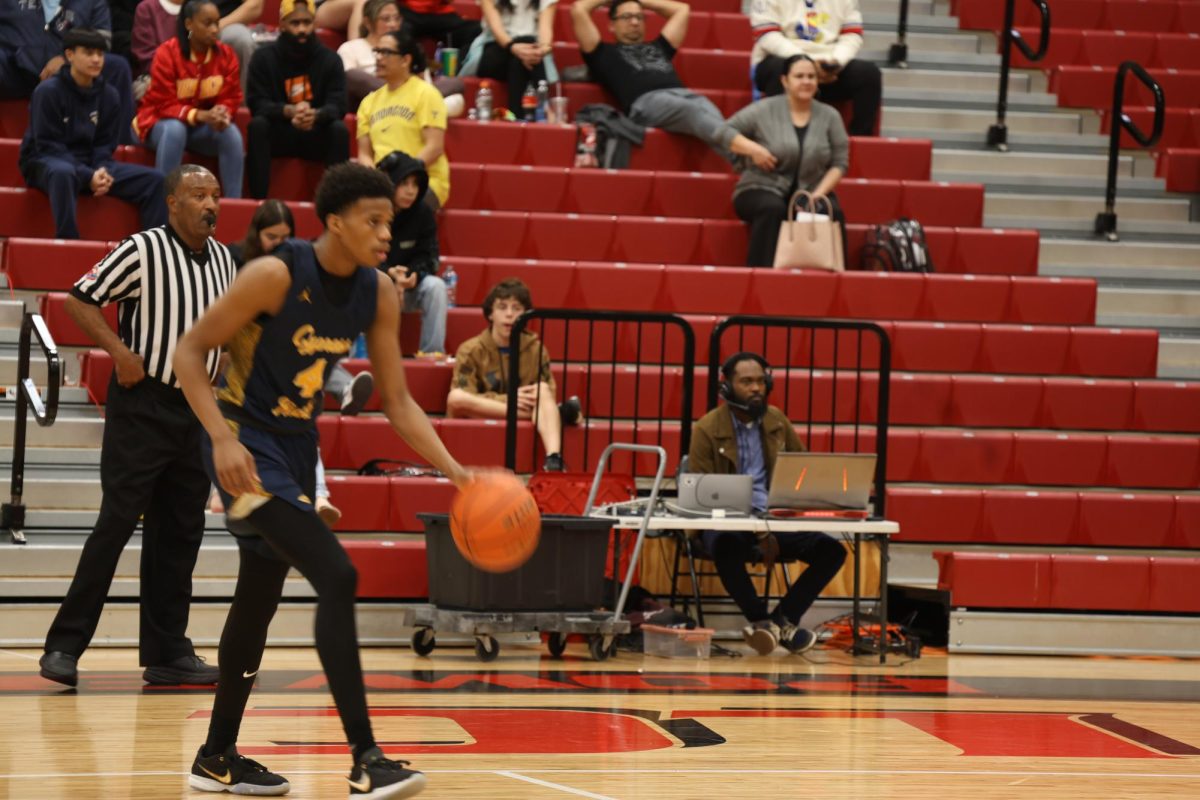“Of Mice and Men”… and Juniors
When discussing classic literature, most teenagers groan and complain about the irrelevance, insignificance, or lack of excitement they believe comes with the topic. The subject of classic literature is not always the most popular since it simply is not telling the story of an intriguing child that sees dead people, a girl with the bow and arrow, or everyone’s favorite wizard with circular glasses and a scar on his head. Juniors at Cypress Ranch high school have an assignment in their English classes that require most students to read Of Mice and Men, a story that not all teenagers are most interested in.
John Steinbeck’s classic novel, Of Mice and Men, was made into an endearingly popular movie and became an emblem of friendship and the American dream. It is about two men, George, a spoken laborer and his companion, Lennie, his sweet, simple-minded cousin he took under his protection. The two characters are itinerant workers during the Great Depression era who travel from town to town, seeking work. The story mainly takes off after George and Lennie find themselves in Soledad, California, where they find work on a local ranch.
During the Great Depression, unemployment was not uncommon. It was a struggle during these uncertain times to not know when one would find work, have shelter for the night or even when the next meal would be. Even during these rough times, George and Lennie work together very well. George is seen as the brains, while Lennie is the brawns.
Throughout the story, Lennie talks about the ranch that he and George dream of owning one day and the rabbits he will get to tend. “All you talk about is those damn rabbits”, you hear George continually saying to Lennie. As a reader, I thought I would get sick of the rabbit talk, but by the end I appreciated it. In my eyes, Lennie’s constant desire to take care of rabbits proved his numbness and innocence to the dark times during the Great Depression.
When George and Lennie first get to the ranch, the readers are introduced to more characters such as Candy. Candy, played by Ray Walston, is a one-handed man with a smelly dog who ends up becoming a companion of the two men. Curley, played by Casey Siemaszko, is the bully of the ranch; a sadistic brute who finds himself superior to the others because his father owns the ranch and he is the only one with a wife, who is played by Sherlyn Fenn. Curley’s wife is the only character in the story who does not have a name and is referred to as “a tart”. This small detail highlights the derogatory sense of women during this era.
Lennie was played by John Malkovich and George was played by Gary Sinise, who also directed the film using an adaptation by Horton Foote. I greatly appreciate the difficulty of Sinise’s role as actor and director within the production. Adapting a classic such as Of Mice and Men is a hard task, but Sinise portrayed each character and the essence of the novel honestly on the big screen. The movie is genuine, simple and in my mind, a triumph.
My initial thought going in was about how this was going to be a boring, Western film. However, I was severely wrong. Of Mice and Men was a brilliant trick of the mind. Its ordinary sense of setting and simple plot builds its suspense. The story left me heart broken and satisfied at the same time, wanting more and praising Steinbeck for his genius that proved a classic novel can be full of action and symbolism. More often than not, book to movie adaptations are tiring and dishonest to the novel, but this movie was not the case.
Now all students in their junior year who are being forced to read Of Mice And Men can cheer in their heads because they know that they can watch the movie as a last minute cram for the test. I promise, it will be an entertaining way to study and hopefully a lesson learned.
Your donation will support the student journalists of Cypress Ranch High School. Your contribution will allow us to purchase equipment and cover our annual website hosting costs.



